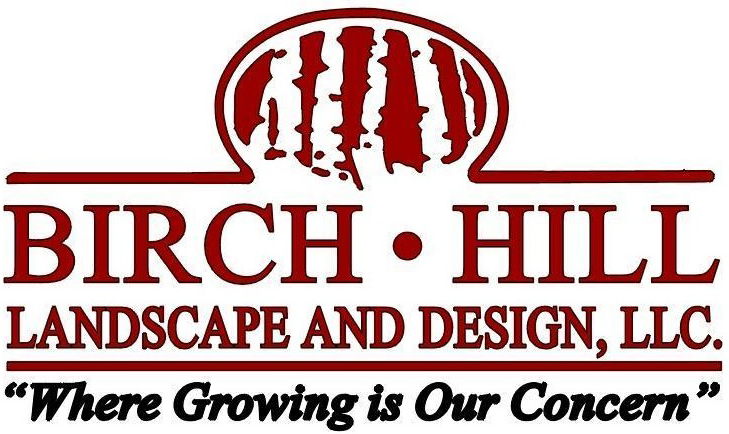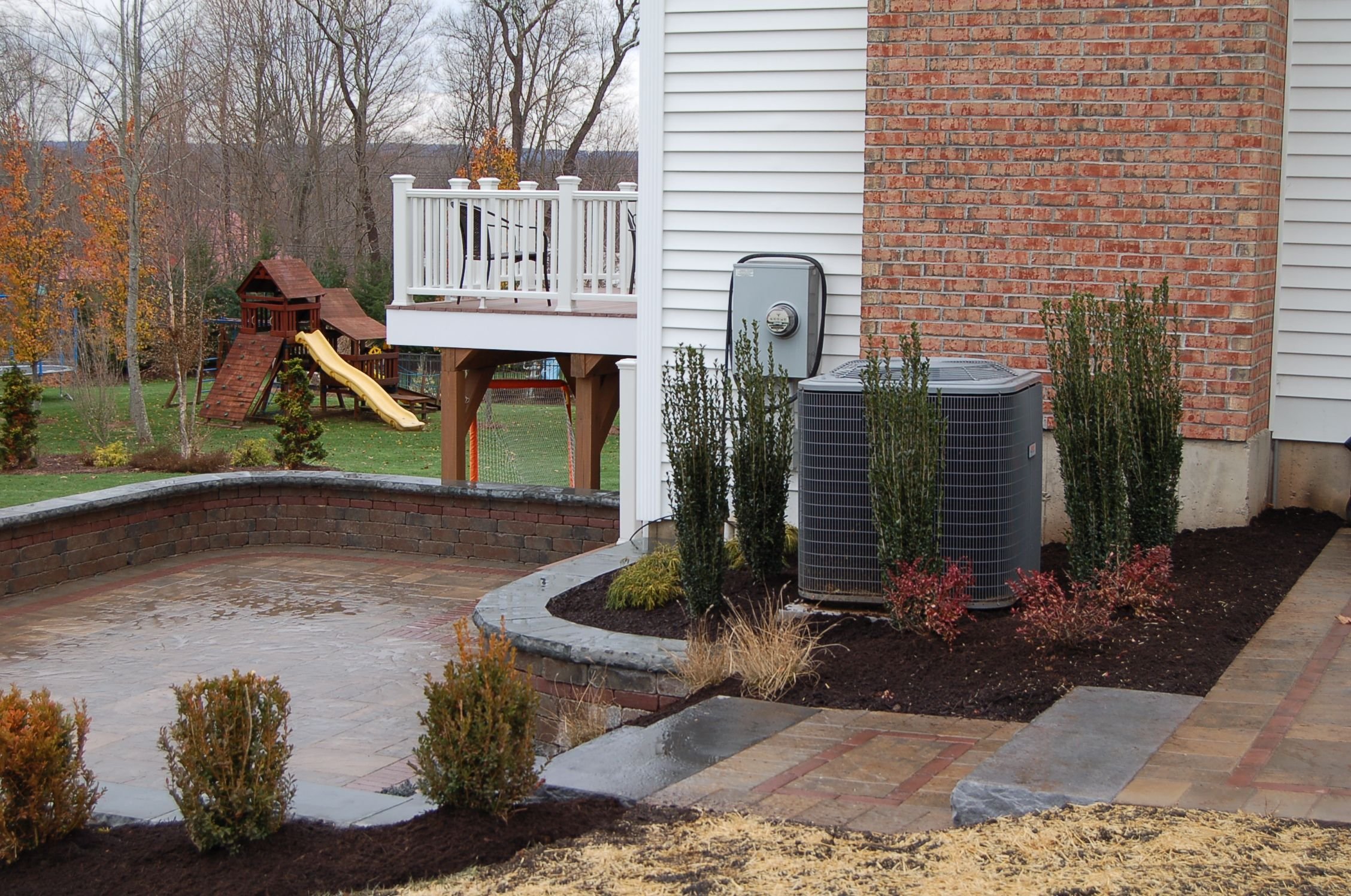How the Right Mulching Impacts Your Landscape in the Farmington and Berlin, CT Areas
If you want your landscape to thrive in the Farmington and Berlin, CT areas, it may be time to look into mulching. Mulching can feel a little overwhelming when you start thinking about the different types of mulching and how they impact your landscape. Because it’s such an important part of supporting your greenery, it can be helpful to understand why to mulch, how to mulch, and what mulch is best for you.
Related: 3 Tips for Choosing the Right Mulching for Your Plantings in the West Hartford, CT, Area
Why Mulch?
If you haven’t given mulching for the landscape much thought, then you may be wondering why it’s often recommended. Is it really necessary? Mulching is a process that brings a variety of benefits that help you, your plants, and your overall yard space. One of the common purposes of mulching is weed control. By adding a layer of organic or inorganic mulch that blocks light, sun, and airflow, landscapers aim to prevent weeds from germinating, or at least minimizing their growth. Because the other intentional plantings around it are already well-rooted, they are unlikely to be affected in the same way as newly established weeds.
Mulching can also help conserve water. By adding a layer between the soil and the sun, less water will be evaporated and can instead be utilized by your plants. Mulch also can be insulating. By helping root structures stay at a more consistent temperature and prevent spikes in heat or cold, mulch can help plantings survive any unexpected extreme weather.
Types of Mulch
There are two different categories of mulch: inorganic and organic. Inorganic mulch is composed of materials that are not and have never been alive. Inorganic mulch includes options like shredded rubber or sheets of plastic. While some types of mulch are not considered visually pleasing to everyone, inorganic mulch tends to have a higher level of durability than organic mulch, making them nice for weed control barriers. However, it is important to monitor any plantings that have inorganic mulch around them to ensure they are able to get the water and light necessary to thrive.
Organic mulch tends to be the more commonly used type of mulch because it is a beautiful addition to your landscape. Organic mulch comes from any material that is or was once alive. Common types of organic mulch include peat moss, straw, and the very popular bark mulch. Bark mulch comes in different colors, like deep brown or burgundy, that can make plantings really pop. Because bark mulch is shredded, there is space for water and light to get through to plant roots, but it often needs to be replenished about once a year.
Picking the Right Mulch
Mulch can provide some benefit to soil. Different types of mulch have different levels of nutrients that are naturally occurring. For example, some mulch may be high in acidity, while others are high in nitrogen. As this mulch sits on the surface of your soil and slowly decomposes, it can release these nutrients into the soil. If your soil is naturally very acidic, you may want to avoid a mulch that is also high in acidity. If your soil can benefit from additional nutrients, mulch that has those nutrients naturally occurring is probably preferred, to help ensure your plants are getting everything they need to be healthy and strong.
Related: 4 Areas Where Landscaping Lighting Is Necessary in the Simsbury and Wethersfield, CT, Areas
About the Author
Birch Hill Landscape & Design is a full-service, woman-owned, family-run design/build contractor that has been serving residential and commercial customers in the Central Connecticut area for over 30 years. When you see our work vehicles, you know that another satisfied customer is benefiting from our experience, passion, and commitment to quality!


